As the backbone of commerce, truckers keep North America moving. Yet, the very roads that connect cities and industries can become formidable obstacles when Mother Nature decides to intervene. For those hauling loads across the continent, understanding the weather patterns that impact major highways is not just a matter of convenience—it’s a matter of safety and efficiency.
In this blog post, we’ll delve into some of the most notorious highways in North America that are frequently affected by severe weather conditions, causing closures and posing challenges for the trucking industry. We’ll also provide strategies to help you navigate these routes safely and keep your deliveries on schedule.
Highways Under Siege: The Usual Suspects
1. The Coquihalla Highway (British Columbia, Canada)
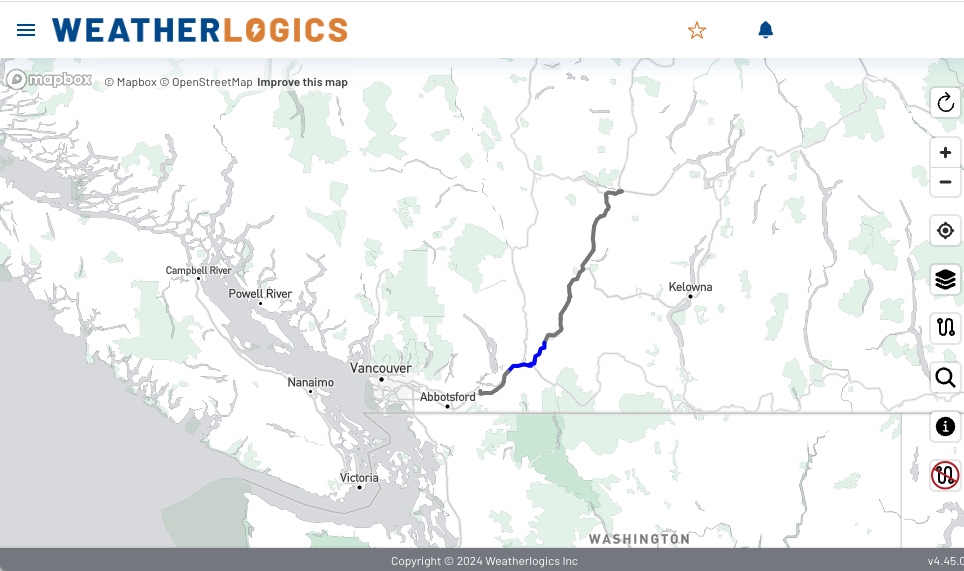
Often referred to as “The Coq,” this stretch of the British Columbia Highway 5 is infamous for its harsh winter conditions. Nestled in the Cascade Mountains, the Coquihalla sees heavy snowfall, ice, and sudden weather changes that can lead to closures and hazardous driving conditions.
2. The Trans-Canada Highway
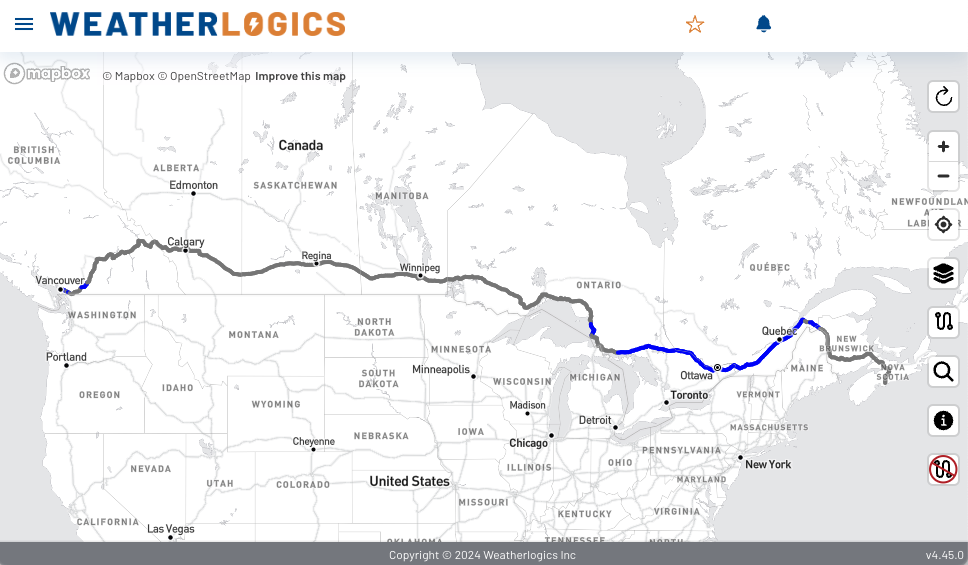
Spanning from the Pacific to the Atlantic, the Trans-Canada Highway traverses various climates and terrains. Sections through the Rocky Mountains and the prairies are particularly susceptible to snowstorms, high winds, and black ice during the winter months. In Northern Ontario, The Trans-Canada Highway (Highway 17) can be plagued by freak lake-effect snowstorms, which cause heavy snow to fall in narrow, but very heavy bands.
3. Ontario Highway 11
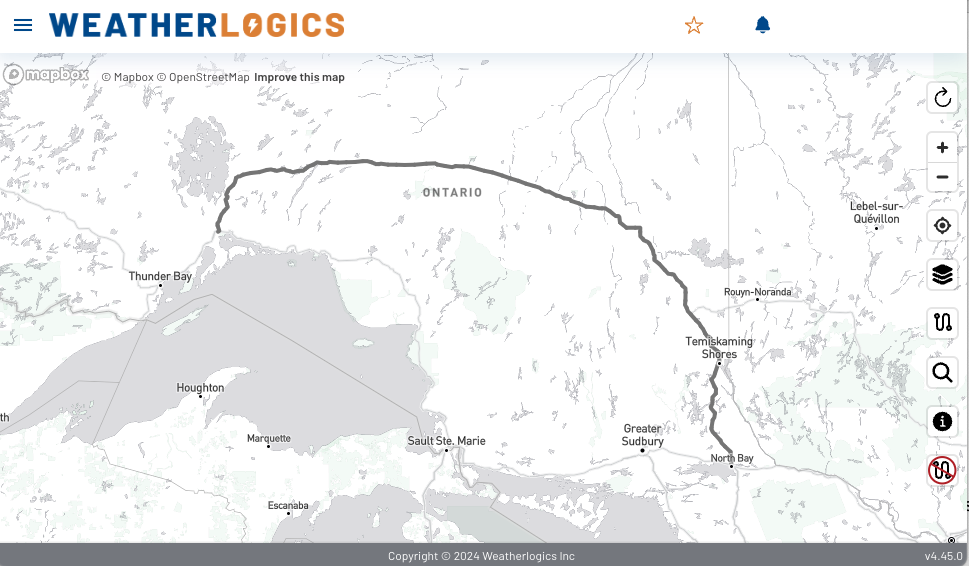
Ontario Highway 11 runs through the remote and rugged Canadian Shield of Northern Ontario. This region is prone to severe winter weather, with heavy snow, ice, and extreme cold being common during the winter months. This stretch of highway is also very isolated, with nearly 800 km of road between Timmins and Thunder Bay. The largest city along this stretch, Kapuskasing, has a population of only about 8,000 people.
4. Interstate 80 (I-80) through the Sierra Nevada (California and Nevada)
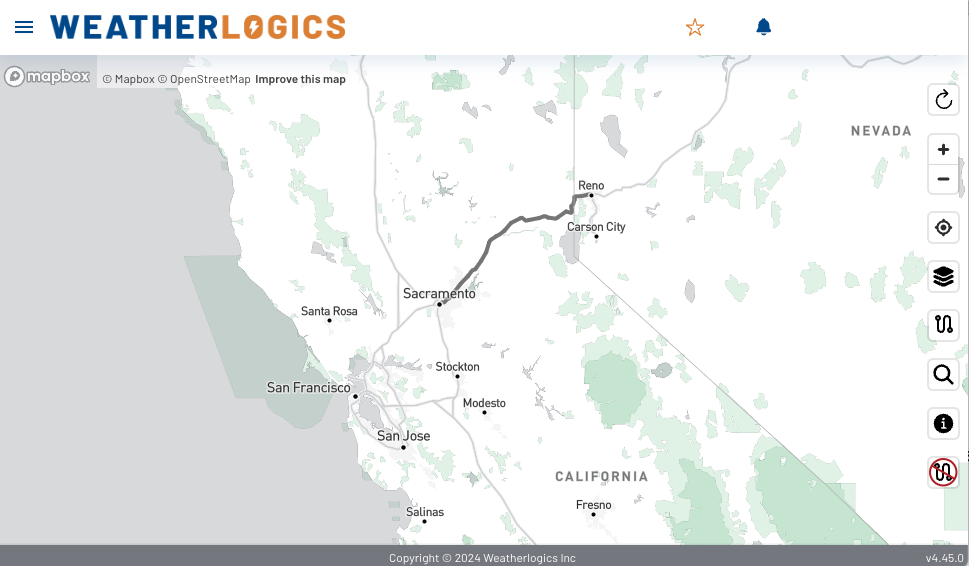
I-80 is a critical east-west corridor but becomes treacherous as it crosses the Sierra Nevada mountains. Winter storms can dump significant snowfall, leading to chain controls and periodic closures, especially around Donner Pass—an area notorious for its extreme weather.
5. Interstate 70 (I-70) through the Rocky Mountains (Colorado)
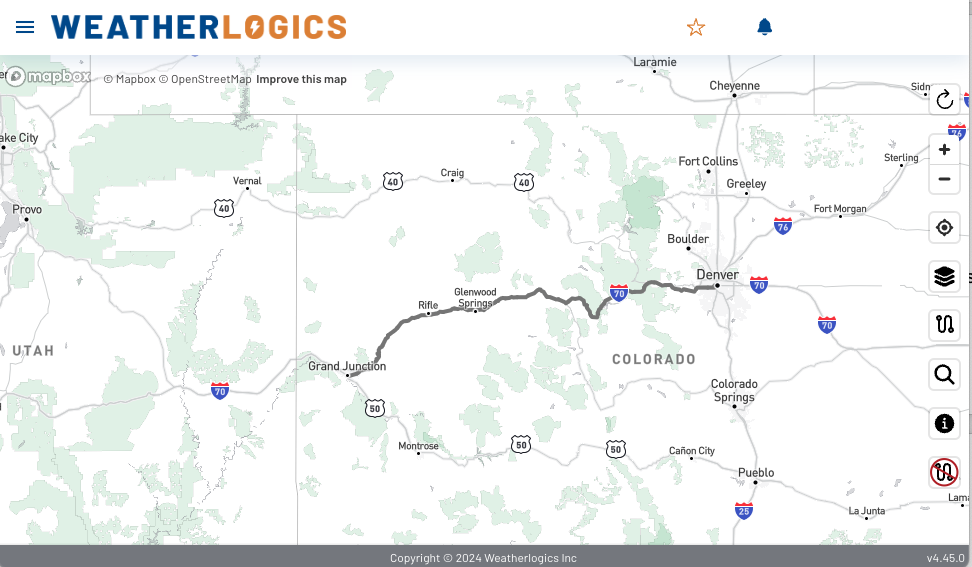
I-70 offers a direct route through Colorado but challenges drivers with steep grades and high elevations. Winter brings heavy snowfall, icy roads, and avalanche risks, particularly near the Eisenhower Tunnel and Vail Pass.
6. The Alaska Highway (Alaska, Yukon, and BC)
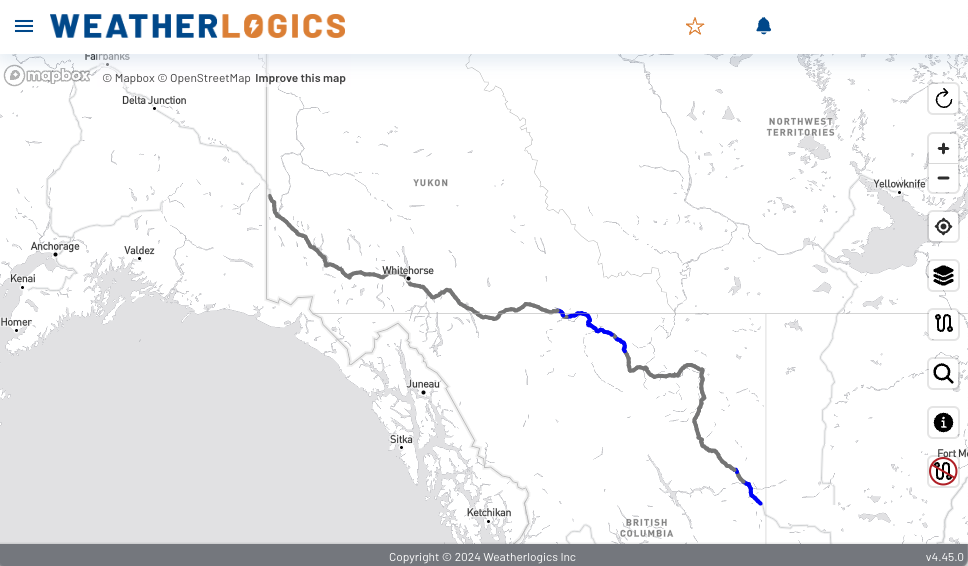
Stretching through remote and rugged terrain, the Alaska Highway is subject to extreme cold, snow, and ice. Limited infrastructure and services along the route amplify the risks associated with severe weather conditions.
Weather Woes: Challenges Faced by Truckers
- Snowstorms and Blizzards: Heavy snowfall can reduce visibility, obscure road markings, and make driving surfaces slick.
- Ice and Black Ice: Invisible layers of ice can form on roads, leading to a significant risk of skidding and loss of control.
- High Winds: Gusts can affect vehicle stability, especially for high-profile trailers, increasing the risk of rollovers.
- Avalanches and Landslides: Mountainous regions are prone to avalanches during heavy snowfall, which can block roads and create dangerous conditions.
- Fog and Reduced Visibility: Fog can severely limit visibility, making it difficult to see other vehicles, obstacles, or changes in the road.
The Ripple Effect: Impact on the Trucking Industry
- Delivery Delays: Weather-related closures and slowdowns can disrupt schedules, leading to late deliveries and dissatisfied customers.
- Safety Risks: Adverse conditions increase the likelihood of accidents, endangering drivers and damaging cargo.
- Increased Costs: Delays can lead to higher operational costs, including fuel consumption, lodging, and potential penalties for late deliveries.
- Regulatory Compliance: Many regions have specific laws requiring chains or other equipment in certain conditions. Non-compliance can result in fines or being turned back at checkpoints. On the Canadian Prairies, long-combination vehicles (LCVs) are prohibited from operating when winds are strong or road conditions are icy.
Staying Ahead: Preparation and Strategies
- 1. Plan Ahead
- Route Planning: Use reliable GPS and route planning tools to identify potential problem areas and plan alternative routes.
- Weather Monitoring: Regularly check weather forecasts from trusted sources, like Weatherlogics, for all areas along your route.
- Allow Extra Time: Build flexibility into your schedule to accommodate potential delays.
- 2. Equip Properly
- Winter Gear: Ensure your truck is equipped with snow chains, proper tires, and de-icing materials.
- Emergency Supplies: Carry a winter safety kit that includes essentials like food, water, warm clothing, and blankets in case you’re stranded.
- 3. Driver Preparedness
- Training: Invest in training for driving in adverse weather conditions, including skid control and emergency maneuvers.
- Rest and Alertness: Ensure adequate rest before tackling challenging routes to maintain peak alertness.
- 4. Stay Connected
- Communication: Keep in touch with dispatchers and other drivers to share information about road conditions.
- Updates: Use services that provide real-time updates on road closures and traffic conditions.
Embracing Technology: Weatherlogics Platform

Given the weather-related challenges that trucking companies face, Weatherlogics has developed an industry-specific solution. The Weatherlogics platform for transportation brings together all the essential weather information you need in one convenient location. It integrates road conditions, closures, highway cameras, weather warnings, and forecasts for all provinces and states. Additionally, our unique alerting features allow you to set custom notifications for hazardous weather at specific locations or along key routes. Explore our white paper to discover how accurate weather data can enhance the safety and efficiency of your fleet.
Conclusion: Safety First, Always
Navigating North America’s weather-challenged highways requires respect for the elements and a commitment to safety. By staying informed, preparing adequately, and leveraging technology, truckers can mitigate risks and keep the wheels of commerce turning—even when the weather tries to stand in the way.
Remember, no delivery is worth more than your safety. Plan smart, drive safe, and keep on truckin’.




